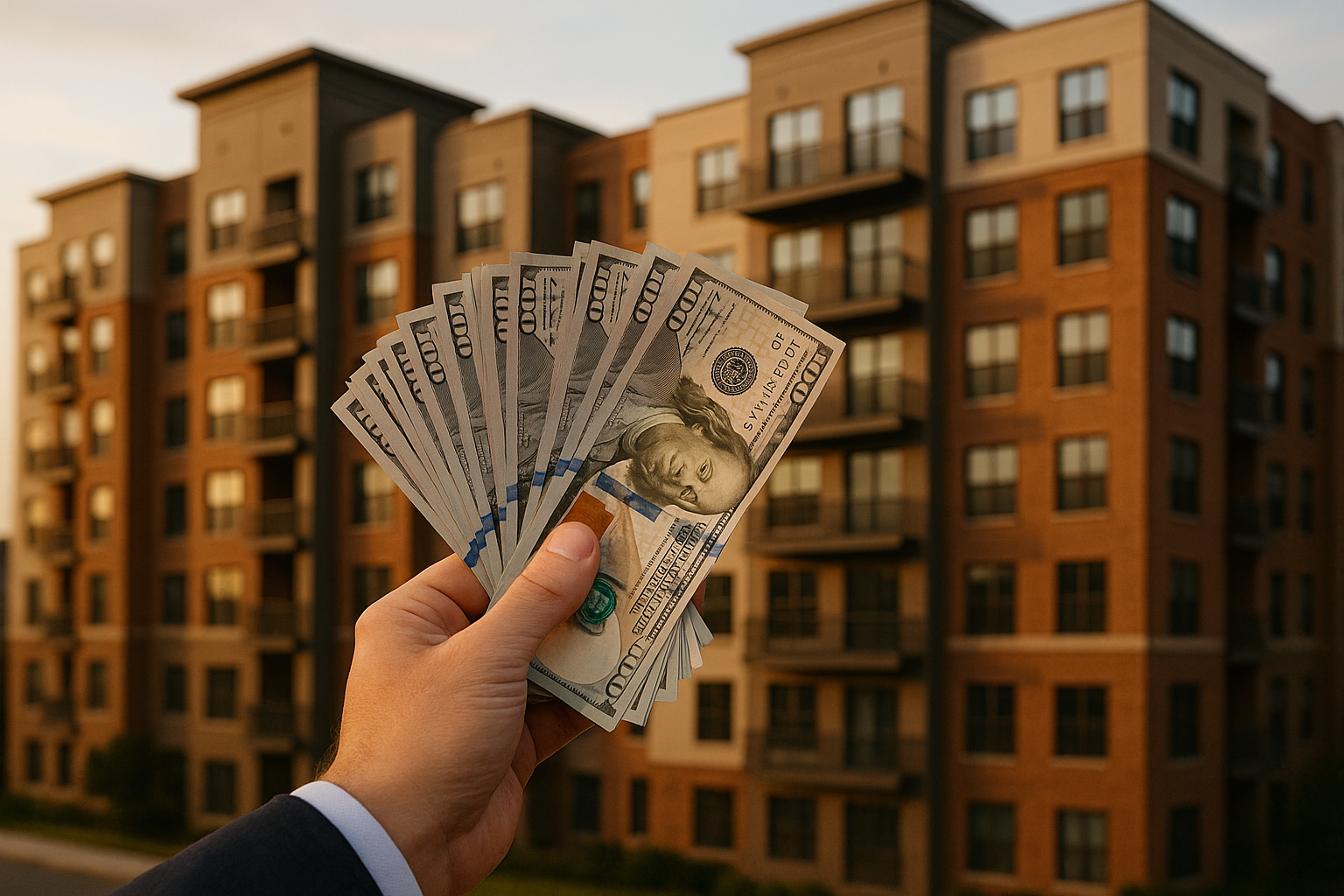Everything You Need to Know About Apartments for Rent: A Complete Guide
Finding the perfect apartment rental involves understanding various factors from costs and lease terms to amenities and inspection points. Whether you're a first-time renter or looking to move to a new place, this comprehensive guide will walk you through the essential aspects of renting an apartment, helping you make informed decisions during your apartment hunt.

What is the Typical Rent Range for Apartments in Different Areas?
Apartment rental prices vary significantly based on location, size, and quality. In major metropolitan areas like New York City, San Francisco, and Boston, the average rent for a one-bedroom apartment can range from $2,000 to over $4,000 per month. Mid-sized cities such as Denver, Austin, and Nashville generally have one-bedroom apartments ranging from $1,200 to $2,500 per month. In smaller cities and suburban areas, similar apartments might cost between $700 and $1,500 monthly.
Location within a city also dramatically affects pricing. Downtown or prime neighborhood apartments typically command 20-40% higher rents than those in surrounding areas. For example, an apartment located near public transportation, employment centers, or desirable amenities will generally cost more than similar units in less convenient locations.
Rural areas offer the most affordable options, with one-bedroom apartments often ranging from $500 to $1,000 monthly. However, these areas may have limited inventory and fewer amenities within walking distance.
What Lease Durations Are Most Commonly Available for Rental Apartments?
The standard lease duration for apartments in most markets is 12 months. This annual lease provides stability for both landlords and tenants, allowing property managers to minimize vacancy periods while giving renters price protection for a full year.
Six-month leases represent the next most common option, typically carrying a premium of 5-10% over the monthly rate of annual leases. These shorter terms offer flexibility for those who aren’t ready to commit to a full year but need more stability than month-to-month arrangements.
Month-to-month leases provide maximum flexibility but usually come at a price. Expect to pay 15-25% more compared to annual leases for the convenience of shorter commitment periods. These arrangements typically require 30 days’ notice before moving out.
Some property management companies also offer 18-24 month leases, which may come with slight discounts (3-5%) compared to annual rates. These extended leases benefit landlords by reducing turnover and appeal to tenants who want long-term housing stability and protection from rent increases.
Which Amenities Are Usually Included in Apartment Rentals?
Modern apartment complexes typically include several standard amenities in the base rent. Most rental properties include water, sewer, and trash services, though electricity, gas, and internet are commonly billed separately. Basic maintenance services, such as plumbing repairs and HVAC maintenance, are generally covered by the landlord.
Common areas in apartment communities often feature shared amenities like swimming pools, fitness centers, and laundry facilities. Mid-range to luxury complexes might offer additional features such as:
-
Package receiving areas
-
Resident lounges or clubhouses
-
Outdoor spaces like grilling areas or rooftop decks
-
Secured entry systems
-
Assigned parking or garages
In-unit amenities vary widely but often include appliances like refrigerators, stoves, dishwashers, and sometimes washers and dryers. Higher-end properties might feature stainless steel appliances, granite countertops, smart home technology, and upgraded flooring.
What Should Renters Look For During an Apartment Viewing?
When viewing potential apartments, it’s crucial to thoroughly inspect both the unit and the surrounding community before signing a lease. Begin by testing all plumbing fixtures—run faucets, flush toilets, and check for water pressure issues or leaks. Inspect walls, ceilings, and floors for damage, water stains, or signs of pest infestations.
Test all electrical outlets, light switches, and appliances to ensure they function properly. Check that windows and doors open, close, and lock securely. Pay attention to the overall noise level—can you hear neighbors through the walls or ceiling? Is there significant street noise?
Beyond the apartment itself, evaluate building security and common areas. Are entrances secure? Are hallways, stairwells, and elevators well-maintained and properly lit? Visit the property at different times of day to assess noise levels, parking availability, and the general atmosphere.
Document any existing damage with photos during the walkthrough, and ensure these issues are noted on your lease agreement before signing. Ask about the maintenance request process, typical response times, and emergency procedures.
Apartment Rental Costs by City Type and Size
Below is a comparison of average monthly rental rates across different city types and apartment sizes:
| City Type | Studio | 1 Bedroom | 2 Bedroom | 3 Bedroom |
|---|---|---|---|---|
| Major Metropolitan (NYC, SF, Boston) | $1,800-3,000 | $2,500-4,500 | $3,500-6,000 | $5,000-8,000+ |
| Large Cities (Chicago, Seattle) | $1,200-2,000 | $1,700-2,800 | $2,400-3,600 | $3,000-5,000 |
| Mid-sized Cities (Denver, Austin) | $900-1,400 | $1,200-2,000 | $1,600-2,800 | $2,200-3,500 |
| Small Cities | $700-1,100 | $800-1,400 | $1,000-1,800 | $1,500-2,500 |
| Suburban Areas | $650-950 | $750-1,300 | $950-1,700 | $1,300-2,200 |
| Rural Areas | $450-700 | $550-900 | $700-1,200 | $900-1,500 |
Prices, rates, or cost estimates mentioned in this article are based on the latest available information but may change over time. Independent research is advised before making financial decisions.
Conclusion
Finding the right apartment rental involves considering multiple factors including location-based pricing, lease duration options, available amenities, and thorough inspection procedures. Understanding typical rent ranges for different areas helps set realistic budgeting expectations, while knowing what to look for during viewings helps prevent unpleasant surprises after move-in. By carefully evaluating these aspects of potential rentals, you can make confident decisions and find an apartment that meets both your needs and financial circumstances.




